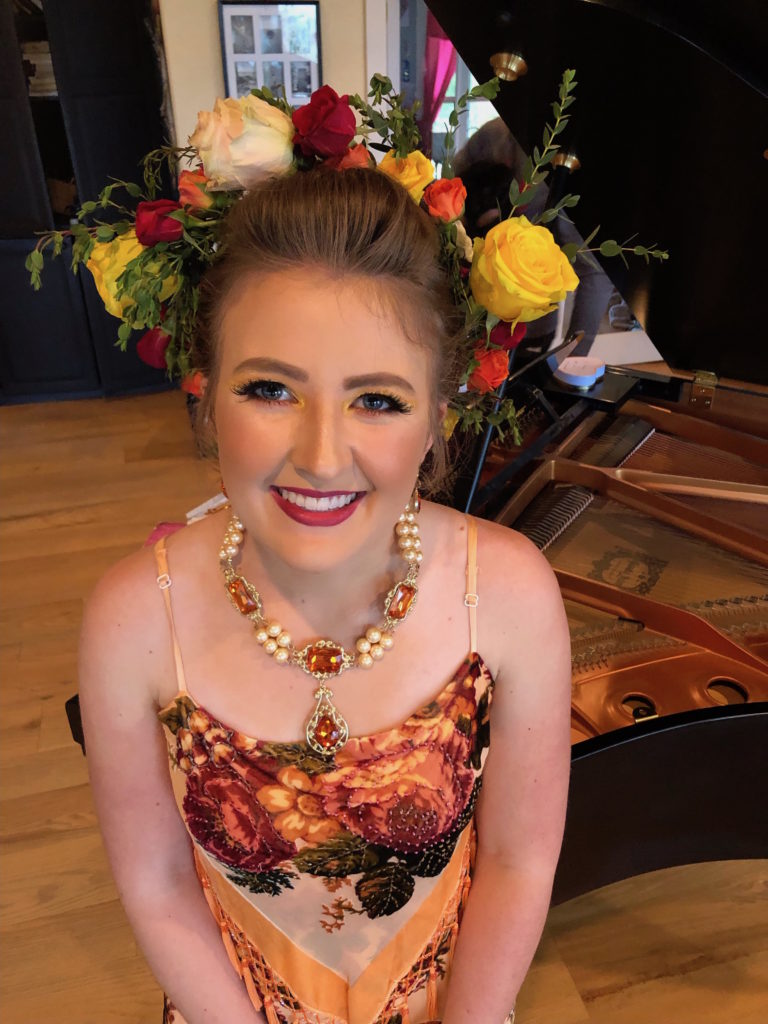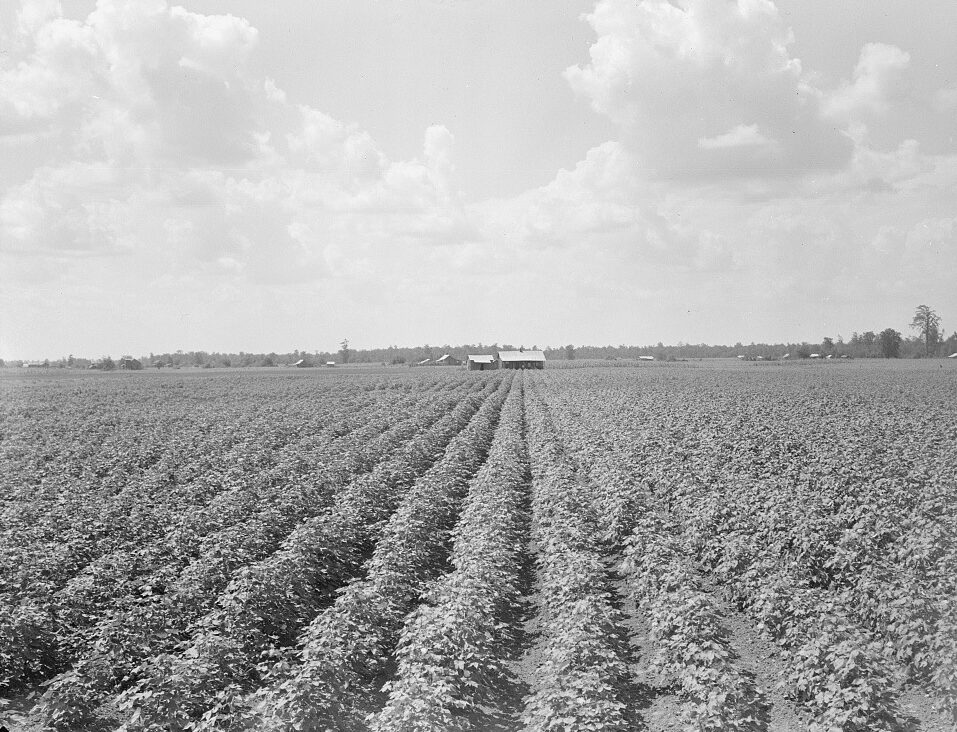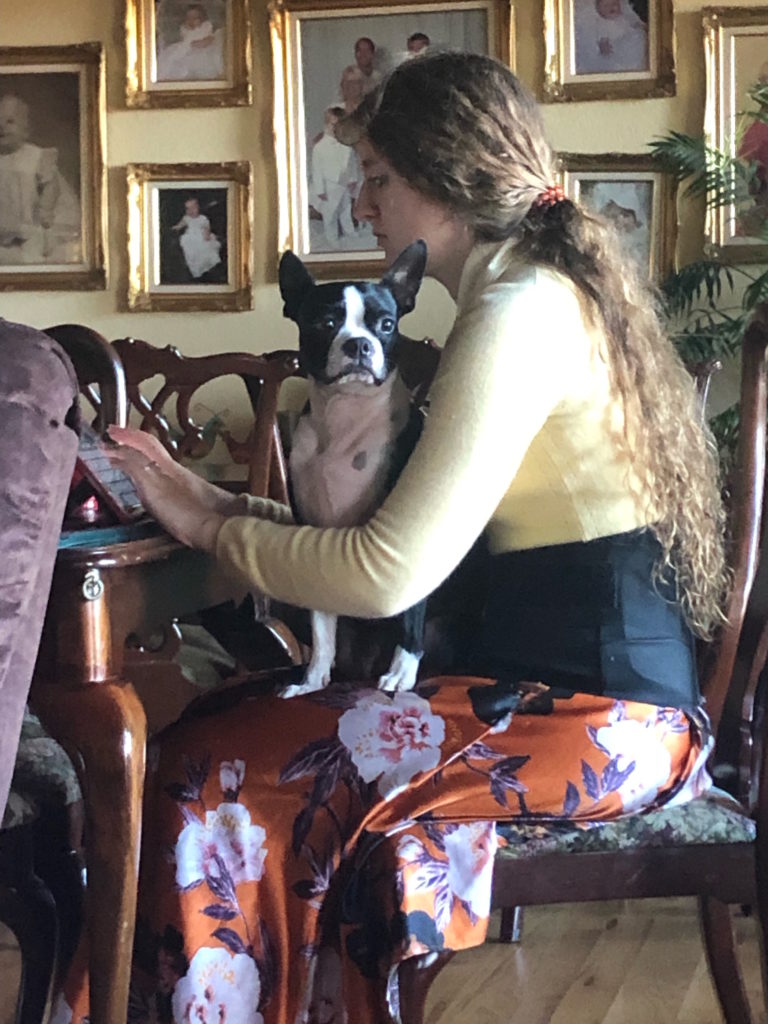
Living with chronic pain means living in-between worlds—in between doctor visits, in between diagnoses, in between good pain days and bad pain days, in between moments of grief and longing and gratitude for movements, moments, and abilities lost, losing, or never had, in between numbers on the pain scale. Existing somewhere on the long and winding spectrum of “abled” and “disabled,” living with chronic pain forces us to reimagine and redefine what it means to live in the normative framework, which doesn’t know where to put us, people who spend so much of our lives with no promise or hope of full recovery.
Chronic pain is invisible, shown only through how it contorts our bodies and burdens our minds with its ever-present, aching throb. Regardless if the pain was first physical, mental, emotional, or spiritual, it eventually extends itself into every part, dark circles and tight muscles and hearts that cry from the weight.
My story with chronic pain started when I was a junior in high school. I was running cross country, track, and doing CrossFit; my self-worth and self-esteem were mangled and tangled up somewhere in there, so thrilled to fit in somewhere for the first time with my big legs, celebrated even. I worked out like my life depended on it, sweating obsessively, breaking my body trying to be beautiful, that elusive feeling like a phantom runner always one step ahead, out of reach. Being bone-tired became the badge of honor that I wore with pride every day, the cheers of validation drowning out the warnings my body yelled at my brain until the pain of a herniated disk broke through the barricades I’d built between them. After a year of jumping through the usual hoops of various well-meaning doctors and physical therapists, I had spinal fusion surgery. Then a second surgery a year later to take out the screws that were rubbing against my “thin cushioning back there,” as my dear surgeon said with a chuckle. The pain ebbed and flowed but never left.
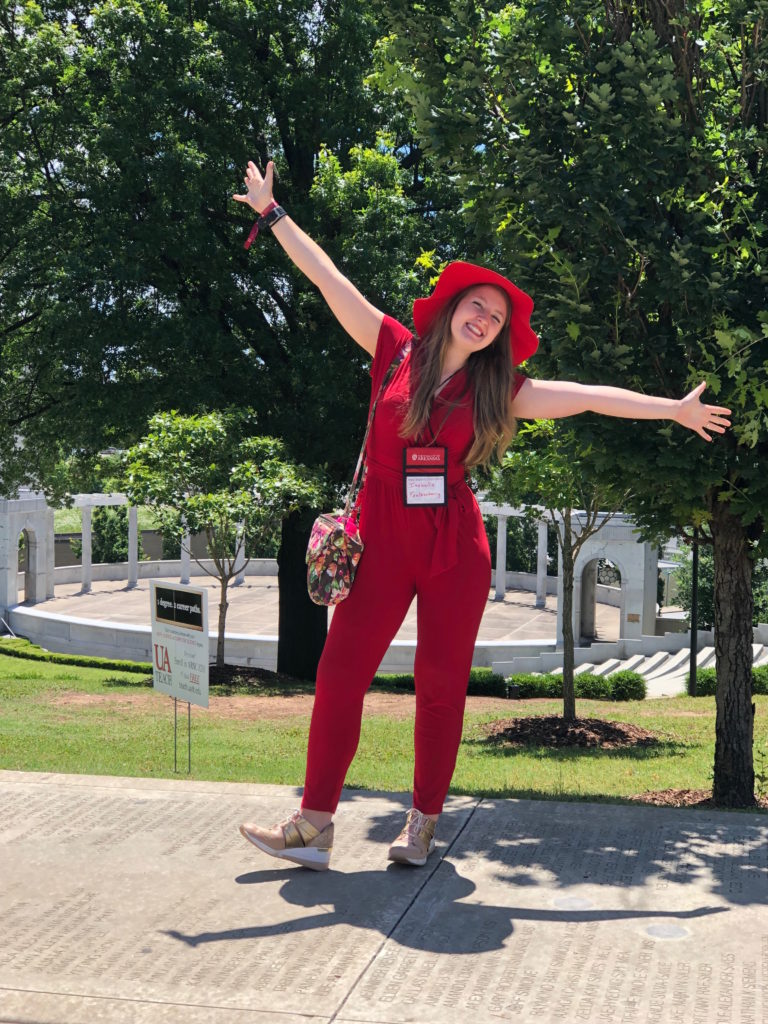
Chronic pain is invisible, shown only through how it contorts our bodies and burdens our minds with its ever-present, aching throb. Regardless of if the pain was first physical, mental, emotional, or spiritual, it eventually extends itself into every part, dark circles and tight muscles and hearts that cry from the weight. Chronic pain is “crip-time,” grief-time, zombie-time, sick-time, “The Longest Night.” We live in this disjunctive worm-hole even as we live inside a world that operates on the understanding and expectations of bodies and minds very different from our own, demanding more productivity in more rigid structures of time and space, less “wasted” time in our in-between spaces taking the handicap ramp around the building, curled up in a fetal position on the floor or in a bath, sleeping at odd hours, taking medication, doing what our bodies demand in ultimatums as we push them to keep up and keep going.
In the same way the medical world is progressively beginning to shift to “health at every size,” folks living with chronic pain have always had to find love and joy and life essence at every level of pain and capacity; laughing at jagged scars and making up wild tales to go along with them, creating cozy safe-spaces with heating pads and pillows propped up on every side, co-regulating overworked nervous systems with snuggles (my favorite are of the Boston Terrier variety). Finding ways to participate and contribute, things we can do with pride and fulfillment, even if it looks different than the regular way or requires assistance and rest in between. Honoring our pain by respecting the limits it tells us are necessary, blessed boundaries, holy REST. Experiencing the soul-salve of community, listening to others with the same story, being seen and heard and held in the darkness that hovers around us. Remembering how God is not afraid or ashamed of our pain but saves every tear we let loose in our suffering, a sacred substance. Learning to look at our bodies with love and grace instead of rejecting them with annoyance and repulsion by taking care of them the best we can, listening to them, holding space for them, cherishing them with hugs and kisses and comfy clothes and foods that make them feel good.
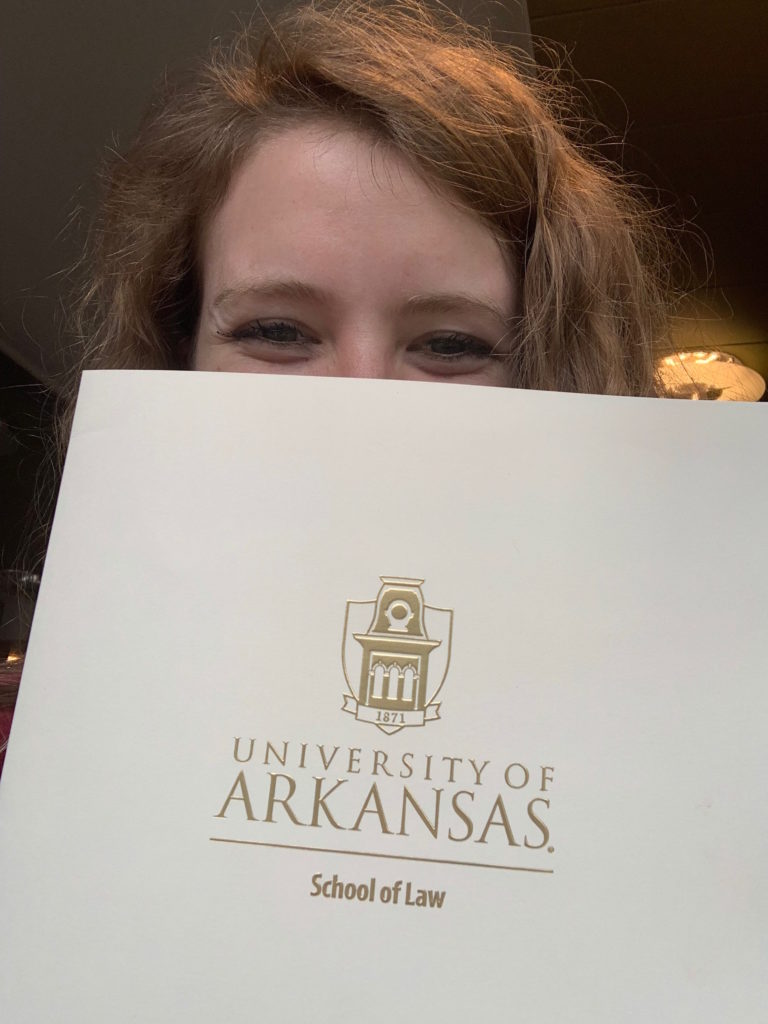
I put this note here at the bottom to remind anyone taking the time to read my words that this is not a prescription to-do list, identity test or contest, nor zealous manifesto demanding anything from anyone. My hope for these paragraphs is to hold space for those of us who live in that liminal space of chronic pain, and welcome all who exist with any attachment to that plane to see us through our own eyes and sit with us in the dappled light coming through the stained glass window of our deep pain and powerful joy that is our world between worlds. Welcome. You are whole, holy, and wholly worthy, and so, so loved, just as you are.
